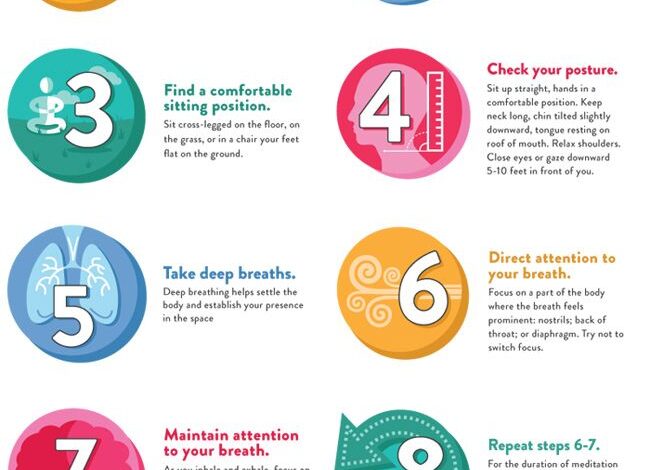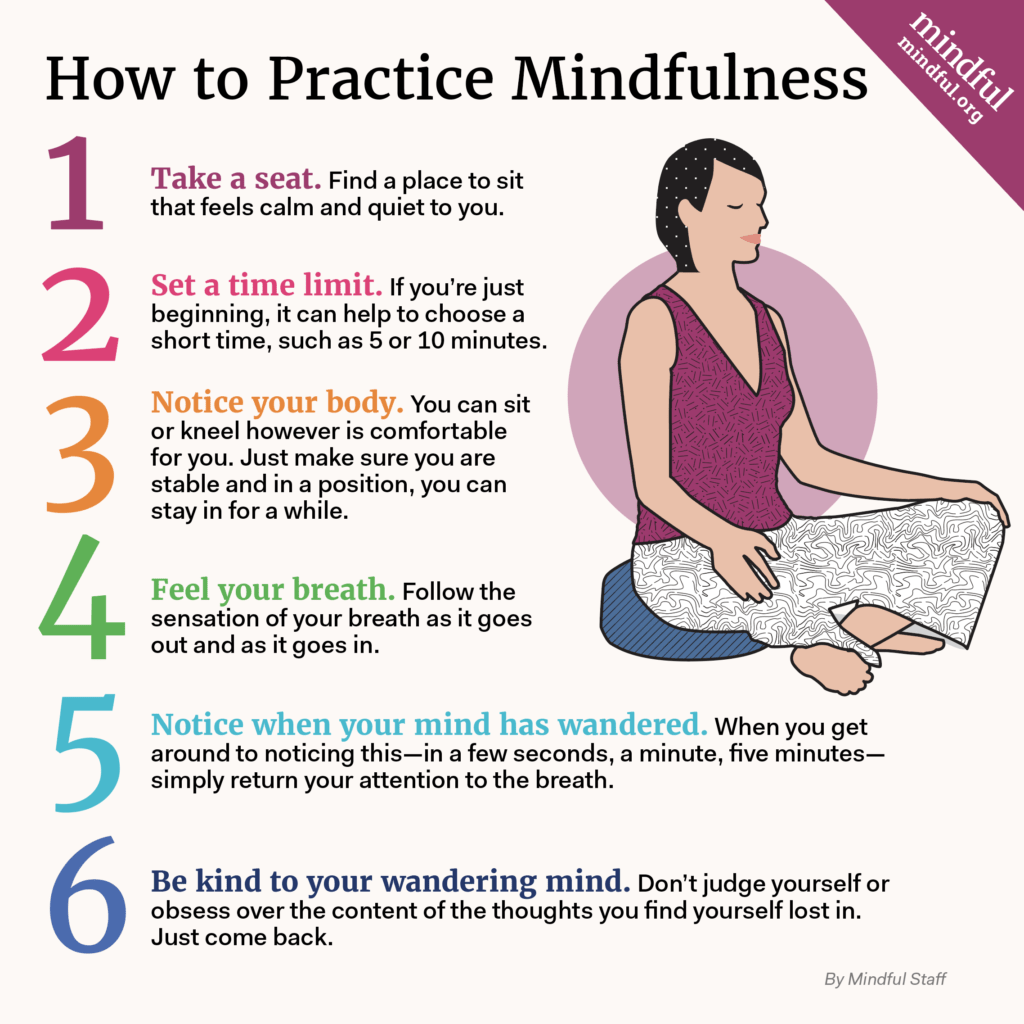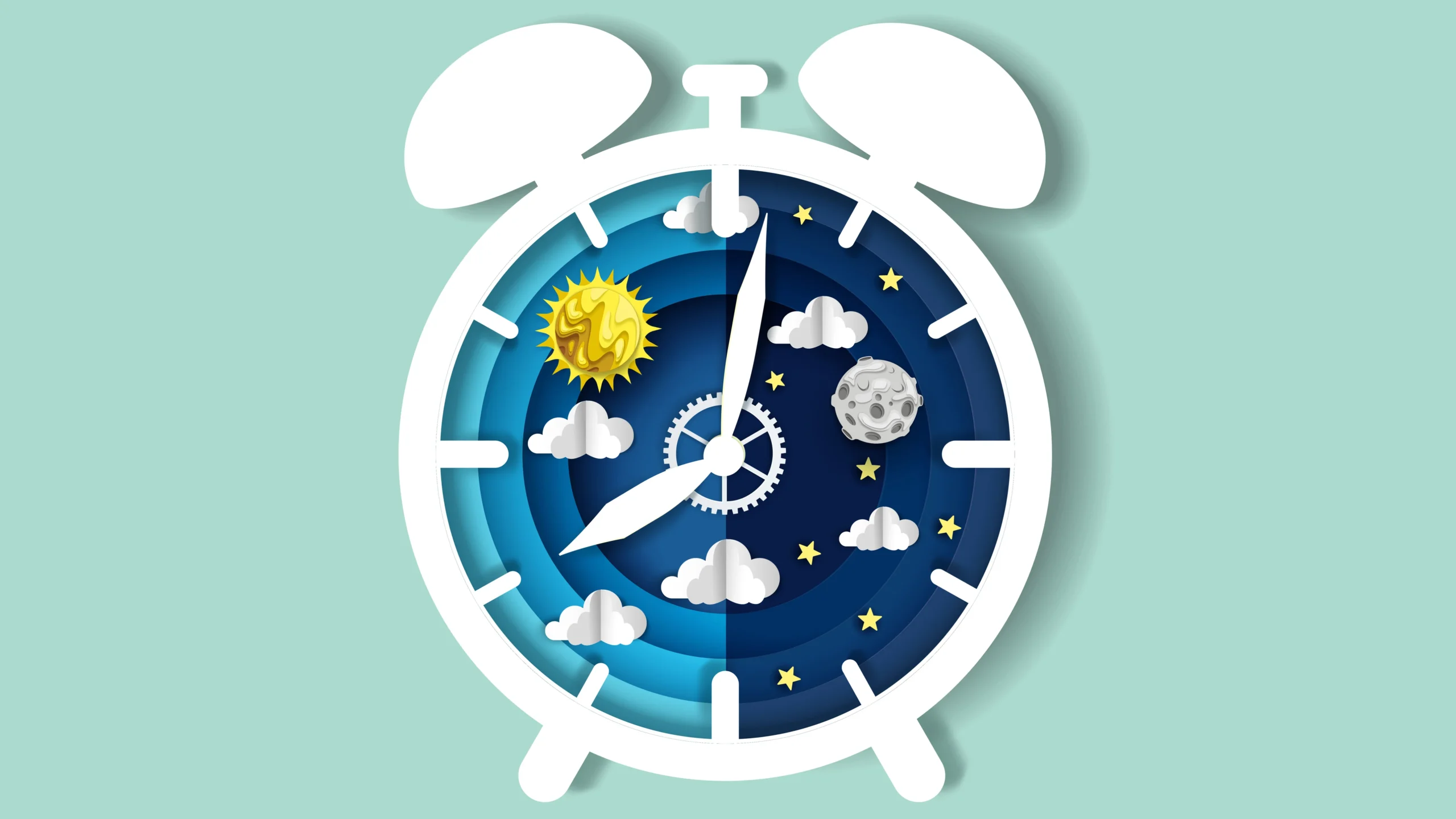Mindfulness Moments: Simple Practices for a Calmer You

Simple Ways to Practice Mindfulness Every Day
In today’s fast-paced world, it’s easy to get caught up in a whirlwind of responsibilities, anxieties, and distractions. We often find ourselves going through the motions without truly experiencing what’s happening around us – or within us. Mindfulness offers a powerful antidote to this feeling of disconnect. But what exactly *is* mindfulness, and how can you bring it into your daily life? Let’s demystify mindfulness and explore some simple, practical techniques you can incorporate today for a calmer, more centered existence.
What is Mindfulness?
At its core, mindfulness is simply paying attention – intentionally, in the present moment, without judgment. It’s about observing your thoughts, feelings, and sensations as they arise, without getting carried away by them. It’s not about emptying your mind (that’s nearly impossible!), but rather about noticing when your mind *is* wandering and gently guiding it back to the here and now.
Think of it like this: imagine watching a river flow. Thoughts are like leaves floating on the water’s surface. Mindfulness is observing those leaves as they pass by, without trying to grab them or change their course. You simply notice they’re there and let them go.
The Benefits of Mindfulness
Stress Reduction: This is perhaps the most well-known benefit of mindfulness. By practicing mindful awareness, you can learn to observe your stress responses – the racing heart, tense muscles, anxious thoughts – without immediately reacting to them. You create space between stimulus and response, allowing for a more thoughtful and less reactive approach.
Improved Emotional Regulation: Mindfulness helps you become more aware of your emotions as they arise. This awareness allows you to manage them more effectively rather than being controlled *by* them. You begin to recognize patterns in your emotional responses and develop strategies for navigating challenging feelings with greater ease.

Increased Focus & Concentration: Regular mindfulness practice strengthens the brain’s ability to focus. By repeatedly bringing your attention back when it wanders, you’re essentially training your mind like a muscle.
Enhanced Self-Awareness: Mindfulness cultivates a deeper understanding of yourself – your thoughts, feelings, motivations, and behaviors. This increased self-awareness allows for greater authenticity and more conscious choices in how you live your life.
Overall Well-being: Beyond specific benefits, mindfulness contributes to a general sense of well-being. It promotes relaxation, reduces reactivity, and fosters a greater appreciation for the present moment – all ingredients for a happier, healthier life.
Simple Mindfulness Practices You Can Do Every Day
The beauty of mindfulness is that it doesn’t require hours of meditation or complex rituals. Here are some easy-to-incorporate techniques you can start using today:
Mindful Breathing
Deepening Your Breath: Take a few moments to simply focus on your breath. Notice the sensation of the air entering and leaving your body. Don’t try to change your breathing, just observe it. You can count each inhale or exhale to help anchor your attention.
The 4-7-8 Technique: A particularly effective technique for calming anxiety is the 4-7-8 breath. Inhale deeply through your nose for a count of 4, hold your breath for a count of 7, and exhale slowly through your mouth for a count of 8. Repeat this several times.
Mindful Eating
Savoring Each Bite: Instead of scarfing down your meals while distracted, try eating mindfully. Turn off the TV, put away your phone, and focus solely on the food in front of you. Notice the colors, textures, smells, and tastes. Chew slowly and deliberately, paying attention to how each bite feels.
Appreciating Your Food: Consider where your food came from – the farmers who grew it, the journey it took to reach your plate. This appreciation can enhance the mindful experience.
Mindful Walking
Engaging Your Senses: When you walk, pay attention to the sensations of your feet making contact with the ground. Notice the movement of your body, the air on your skin, and any sights or sounds around you. Avoid getting lost in thoughts about what you need to do later.
Slow Down Your Pace: Walking slower than usual can help you fully experience each step.
Short Guided Meditations
Utilizing Apps & Resources: Numerous apps and online resources offer short guided meditations, perfect for beginners. Even 5-10 minutes a day can make a difference. Search for “guided meditation for beginners” to find options that suit your preferences.
Body Scan Meditation: This type of meditation involves bringing awareness to different parts of your body, noticing any sensations without judgment. It’s excellent for grounding yourself in the present moment and reducing physical tension.
Mindful Moments Throughout the Day
Washing Dishes Mindfully: Instead of rushing through this chore, focus on the feeling of the water, the warmth of the soap, and the texture of the dishes.
Brushing Your Teeth Mindfully: Pay attention to the sensations in your mouth and the movements of your hand as you brush.
Waiting Mindfully: Even mundane tasks like waiting in line or at a traffic light can be opportunities for mindfulness. Simply observe your surroundings and your inner state without getting frustrated by the wait.
Making Mindfulness a Habit
Like any new skill, consistency is key to reaping the benefits of mindfulness. Start small – choose one technique and practice it daily for a week. As you become more comfortable, gradually incorporate other practices into your routine. Be kind to yourself – some days will be easier than others. The goal isn’t perfection; it’s simply showing up with intention.
Remember: Mindfulness is not about striving for an emotionless state. It’s about cultivating awareness and acceptance of whatever arises, allowing you to navigate life with greater clarity, resilience, and joy.



